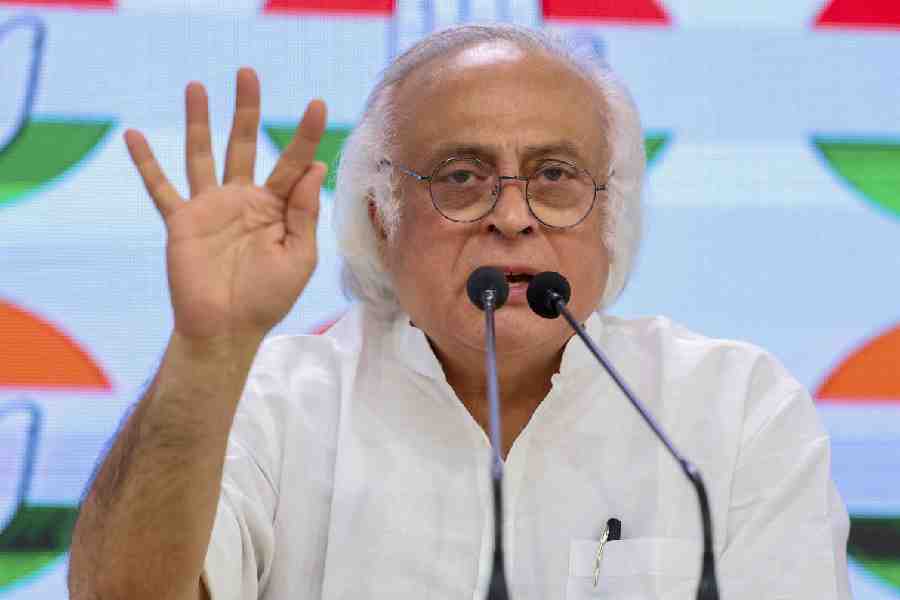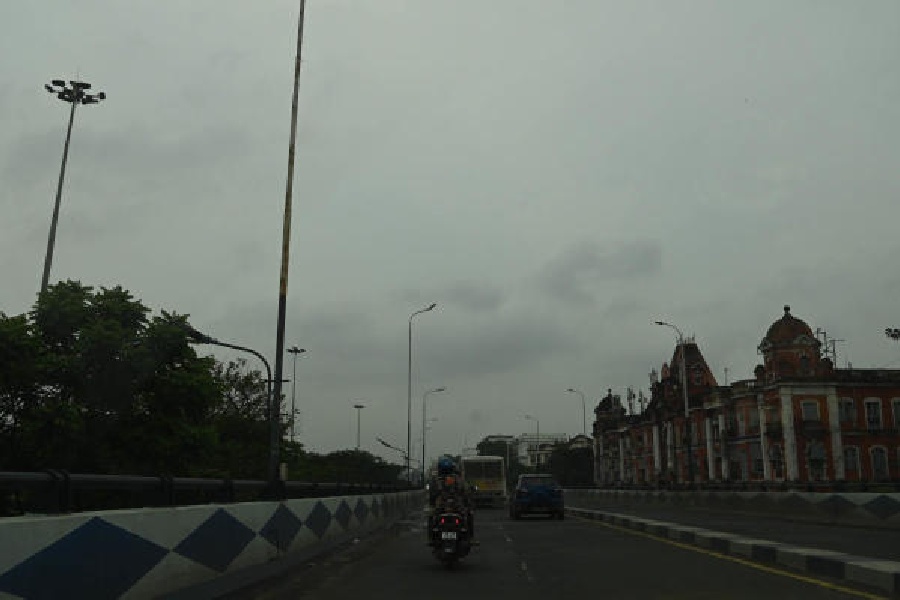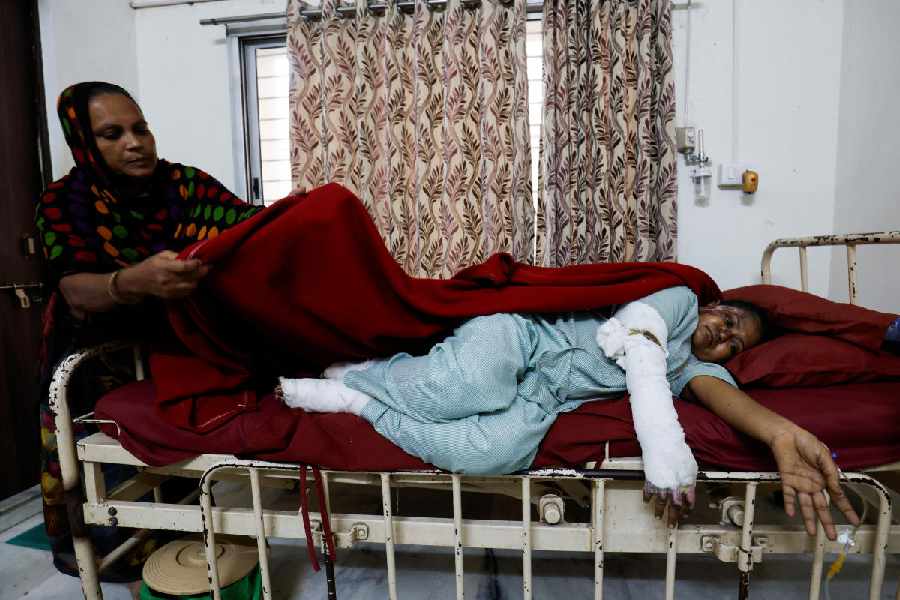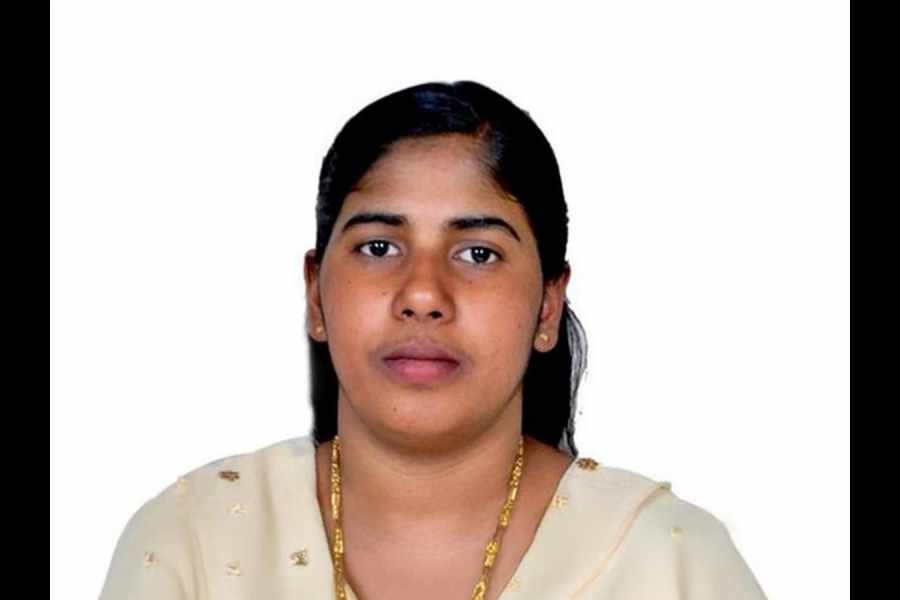 |
Chopping the thin air over a sheet of mud, the Mi-17 1V helicopter of the Indian Air Force held its own in the mad wind while a “stick” of 10 soldiers slithered down from it. The picture may have been a slice of action over the Siachen Glacier in Ladakh where soldier-transports can be as difficult as this on a fair weather day.
It might well have been in Arunachal Pradesh, where soldiers begin long and lonely trudges to forward posts from drop zones. It is also a snapshot from drills in the wilderness of Vairangte, South Mizoram, where the Indian Army’s Counter Insurgency and Jungle Warfare School (CIJWS) is located.
But the latest of the abseiling — or slithering — manoeuvres by Indian Special Forces that was beamed in such a dramatic fashion the world over was not in the madness of the Siachen or the wilderness of Mizoram. It was over Nariman House in south Mumbai.
Suddenly this week soldiers seen regularly in the vastnesses of Ladakh and Arunachal were combing India’s best-known luxury hotels, suite by five-star suite. These were handpicked soldiers who make up the Special Action Group (SAG) of the National Security Guard (NSG), India’s crack counter-terror organisation. The NSG has two groups, the Special Protection Group (SPG) for VIPS being the other. Unlike the SPG, the SAG is staffed only by the army. Major Sandeep Unnikrishnan from Bangalore, who was killed in the encounter at the Taj Hotel, was one of them.
Western critics of the Mumbai operation, however, have wondered if India is up to scratch in counter-terrorism, arguing that commandos lack sophisticated equipment. But India’s special forces have gear used by some of the best outfits in the world such as Britain’s Special Air Services (SAS), Israel’s Sayaret Matkal and the US’ Delta Force. India also has its own F-INSAS — Future Indian Soldier as a System. What is more, contracts for more gear — Kevlar bulletproof vests and jackets, Nomex flame-resistant uniforms and underwear, surveillance gadgets for night vision from Israel — are being implemented.
The toll, as we write, is nearing 200. More than 300 are injured. In just three days.
“In these situations, you have a choice. You can either try to bring the crisis to a swift end, even if that means some hostages are killed; or you can enter a lengthy negotiation process at various sites, which may end in failure. The Indians decided to go down the first route, which is why there have been casualties. But it’s hard to say with any certainty that the other path would have been any better,” Michael Clarke, director of Britain’s Royal United Services Institute, was quoted in The Financial Times as saying.
The details of the operations will be analysed at length in military training institutions for some time. But the impression that India sent a bunch of trigger-happy men without a clear brief is grossly mistaken. True, there was to be no negotiation. But the special forces were to talk to hostage takers to buy time and to re-equip if necessary. Second, the NSG was told to avoid collateral damage to the extent possible.
“I think the NSG has done a great job,” says Major General (retired) Sheroo Thapliyal who commanded special forces in his time and who has worked with the Centre for Land Warfare Studies (CLAWS) in New Delhi. “The high toll is because the terrorists were killing indiscriminately.”
The ham-handedness that marked the operation was beyond the frames of television cameras. For a government with the experience of Kashmir — where street battles and firefights with terrorists in the Valley are the only other real experience of sustained urban warfare in recent times — it was shocking that so many people should have been allowed to gather near the Trident, the Nariman House and the Taj Mahal Hotel during the rescue operations. In Srinagar, for instance, people, including the media, have learnt how risky it is to assemble near the site of a grenade blast because terrorists have quickly followed up a first attack with a second.
This points to the habit that insurgency in Kashmir and the north east has become. Not since the early 1970s during the Naxalite upsurge in Calcutta has India seen urban warfare in large measure. The Naxals were not as well-equipped and their ranks were also penetrated by the intelligence wings of the Calcutta and Bengal police. That cannot be said of the counter-terror set-up in India today that is tasked with investigating fundamentalist outfits. There is no training institution in urban warfare in any of the armed forces, except courses in built-up areas in the CIJWS and in the Infantry School, Belgaum.
But it may also be mentioned that for the last four years, US forces have been returning to the CIJWS every year, as they do for similar drills in Agra, where a parachute training school is located, and to high altitude training centres in Ladakh. The training they receive in special operations in India, visiting US officers have said, is invaluable.
But one of the glaring problems with the Mumbai operation was the fact that there was no single authority. The actual operation inside the buildings was being conducted by the NSG. But on a single day during the operation there were so many senior officials at or in the venues that questions may be asked on who really was in charge. Mumbai police commissioner Hassan Ghaffoor, Southern Army commander Lieutenant General Thamburaj, Maharashtra director general of police A.N. Roy, western naval commander Vice Admiral Jagjit Singh Bedi and NSG director general J.K. Dutt are all of the same rank in the government’s warrant of precedence.
Currently, there is a controversy raging in the administration on the question of parity that the army has raised after the recommendations of the sixth pay commission. Should the situation warrant, the government will be hard-pressed to determine who is more senior — the city police commissioner or the army commander.
The defence ministry quietly issued a circular on Friday to the army and defence officials present not to speak to the media. A war situation in any country demands a common chain of command and this was not in evidence. The NSG, whose brief is to secure “high value targets,” is used sparingly and not deployed in all counter-terror operations and was therefore given precedence. Technically, after the army was called in, the command should have been with the area commander for Maharashtra and Gujarat, Major General R.K. Hooda.
But the area command did not have maps of the buildings — not even of the two luxury hotels — and the NSG was practically fighting blind. The city municipal commissioner and hotel engineers would have to be requested for the layouts.
More, even before the NSG contingents — a total of 477 NSG commandos were finally involved — were flown to Mumbai, there was a lack of coordination in New Delhi. Home secretary Madhukar Gupta was out of the country. Special secretary (internal security) M.L. Kumawat and DG NSG J.K. Dutt were coordinating.
The NSG does not have its own airlift facility and the Indian Air Force had to get the approval of senior authorities before an Ilyushin 76 heavy lift transporter was assigned to the NSG with their men and equipment. The NSG had to wait for about two hours in the technical area of the Delhi airport. The flight to Mumbai on Thursday morning took the regular two hours and the plane was given priority landing. But in Mumbai, the men had to be transported in the public service BEST buses when they should have been air-lifted.
This meant a valuable waste of time even through the Marine Commandos (Marcos) had begun operations. But the Marcos, also an elite force, is primarily tasked and trained for offensive action, to create beachheads and in-and-out assaults in enemy territory, not internal security responsibilities.
But Mumbai this time is likely to prove a tipping point in more than one way. The research in “joint operations” is likely to finally lead to the creation of a single command centre for internal security duties. Prime Minister Manmohan Singh has also announced that the creation of a central counter terrorist institution is in the works. The NSG, or organisations modelled on it, are likely to be expanded and based in the metros outside Delhi.
The biggest lesson is that Kashmir and Colaba are not that distant.
Out of step
No single authority in charge of the operations
No clear chain of command
No fast track approval for aircraft to fly commandos to Mumbai
No maps of hotels and buildings immediately available
Instead of helicopters, BEST buses used to transport commandos to the conflict zones










